These literary-inspired hikes will leave you with amazing trail tales
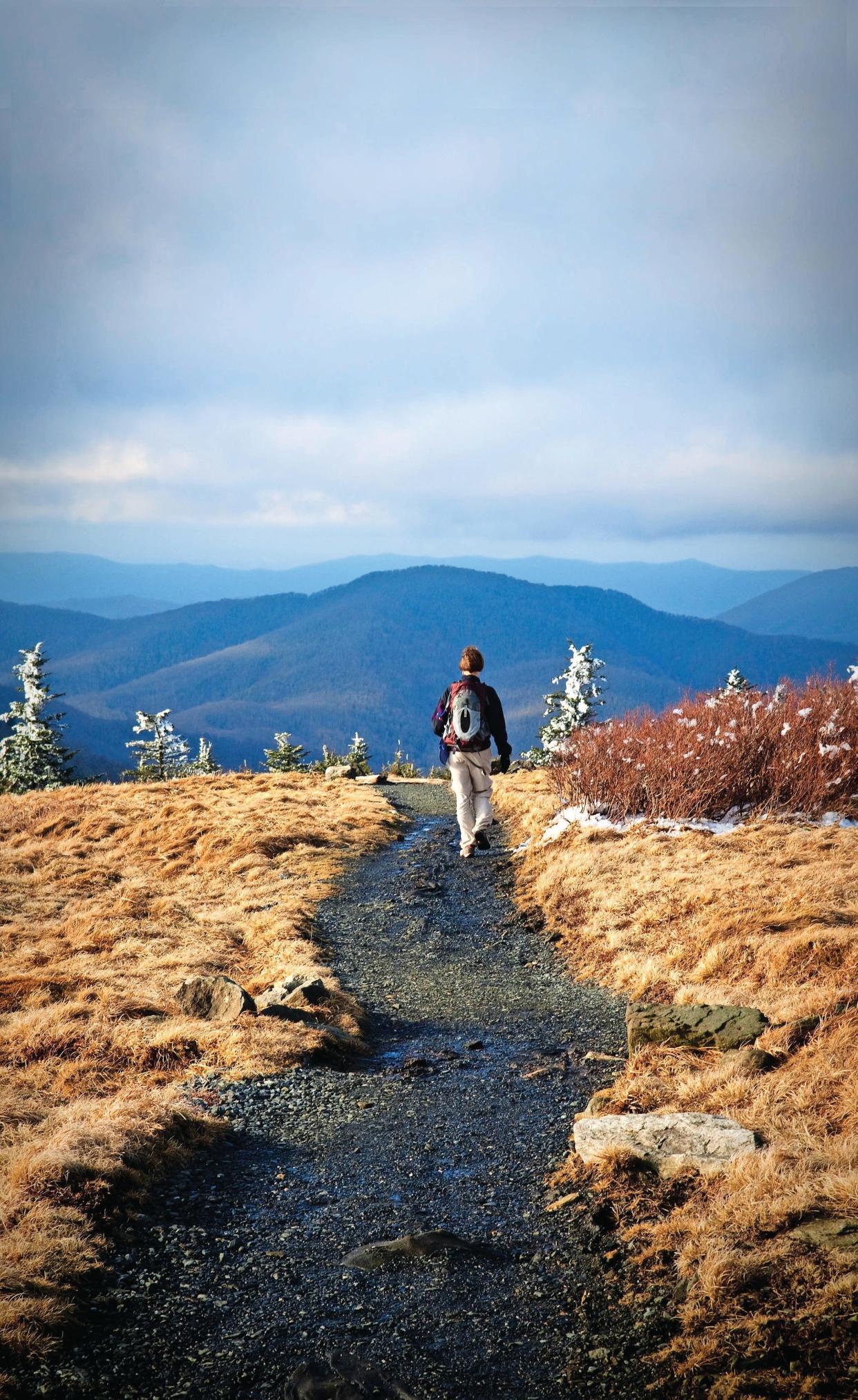
- Oops!Something went wrong.Please try again later.
For some, it’s the physical and mental challenge of walking mile after grueling mile and surviving to tell the tale. For others, it’s the solace offered by nature and disconnecting from normal routines. Books like A Walk in the Woods, by Bill Bryson, and Wild, by Cheryl Strayed, captured the imaginations of thousands and introduced many to the Appalachian Trail (AT) on the East Coast and the Pacific Crest Trail (PCT) on the West Coast — and inspired an exponential increase in the number of people hiking them end to end.
Wild was published in 2012, and the movie, starring Reese Witherspoon, followed in 2014. Between 2013 and 2019, the PCT saw an increase of more than 300 percent in the number of long-distance hikers, says Scott Wilkinson, director of communications and marketing for the Pacific Crest Trail Association. “What the book and the movie did was really kind of kick-start the PCT’s fame in a way,” he says.
The hiking surge occurred despite the fact that Strayed’s memoir didn’t exactly make the trip sound easy. “I think that’s part of the draw,” Strayed says. “We learn a lot about ourselves when we push ourselves to the limits, and hiking certainly does that.
When I was writing Wild, it didn’t occur to me that readers would find it to be inspirational, but I’m so honored they did. When I think of all the people around the world who went on walks because of me, I can’t help but smile.”
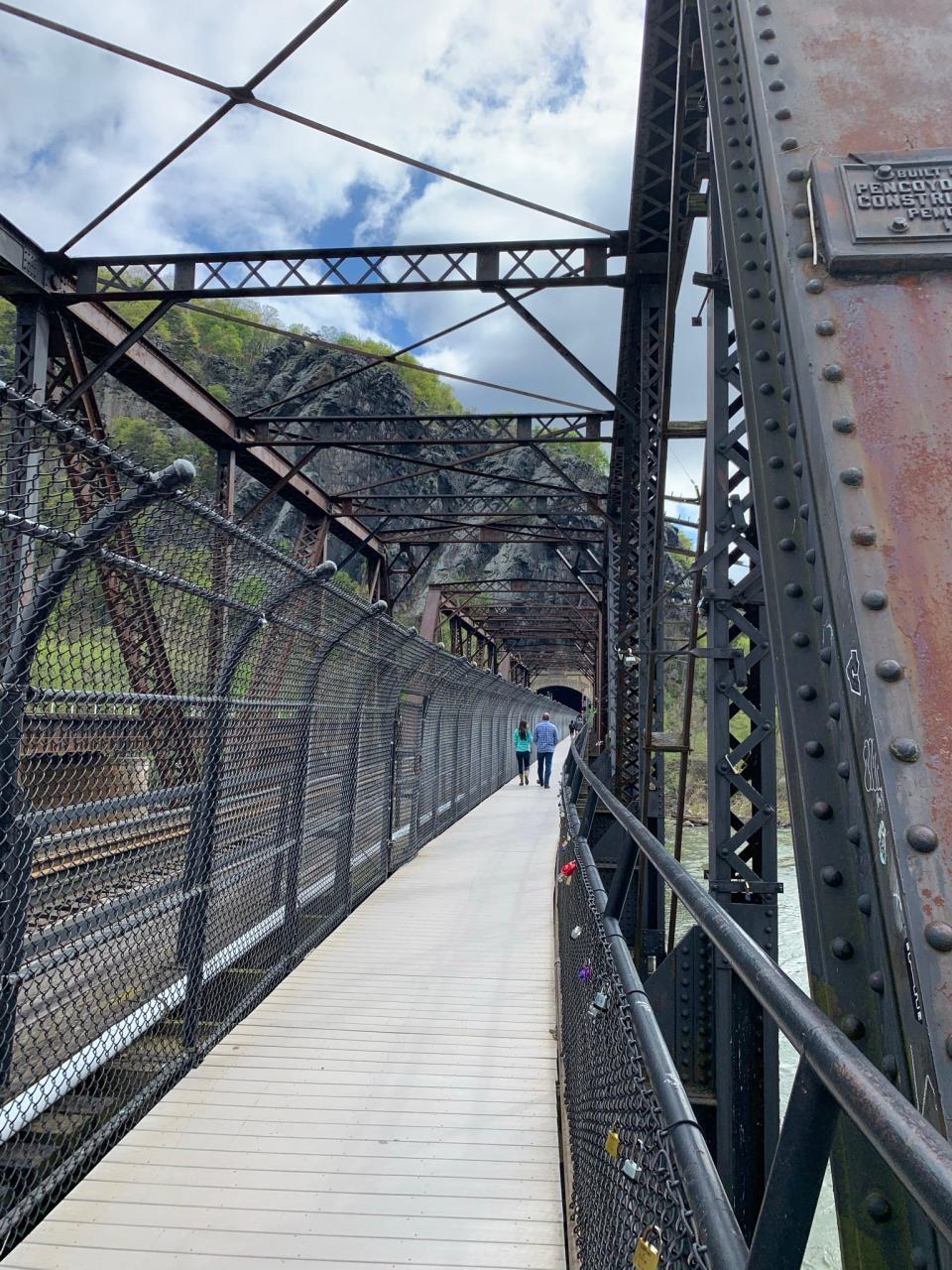
Bryson’s book, published in 1998 and followed by a movie starring Robert Redford and Nick Nolte in 2015, also helped motivate people to get out on the AT. The Appalachian Trail Conservancy’s (ATC) records of 2,000-milers shows 3,346 completions in the 1990s, and nearly three times that many (9,946) in the 2010s. Anne Sentz, philanthropy manager for the ATC, says the books and movies as well as today’s hikers posting on YouTube have contributed to the increased numbers. “It gives people the opportunity to really, really see themselves in that person’s dream and figure out how they can make that dream a reality for themselves,” she says.
Not everyone can take months away from work and family to hike more than 2,000 miles, or has the physical ability to do so, but that doesn’t mean you can’t get a taste of the experience.
Portion control
Megan Fitzharris says she read Wild, in which Strayed was reeling from a divorce and her mother’s death, when Fitzharris was going through a divorce herself. She was introduced to the AT by her ex-husband, who grew up close to a section of it in Vermont. Now remarried and living in Maryland, she is a mother of two young boys, a choral teacher and a children’s book author. “I’ve always thought thru-hiking would be amazing, but my life is not going to allow me to take six months off,” she says.
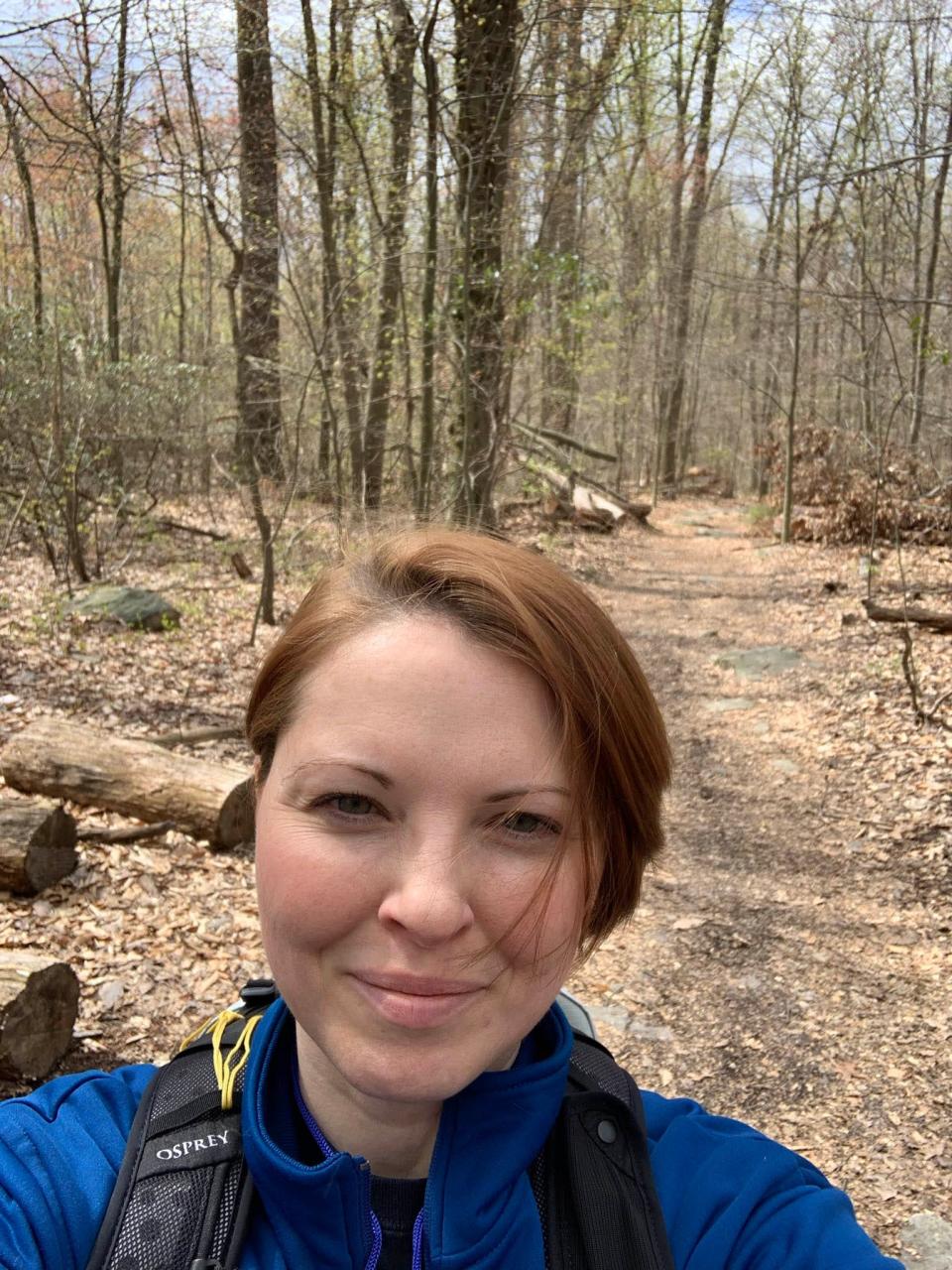
Instead, she is working on the 14-state challenge, which involves hiking parts of the 2,190-mile AT in each of the states that it runs through, from Georgia to Maine, a bit at a time.
So far, she has done five states — three of them over a three-day solo trip last spring, when she walked 27 miles.
Make it personal
When it comes to the inspiration to hike, Jennifer Pharr Davis recalls a saying that “the trail gives you what you need.” Davis has hiked more than 14,000 miles on six continents, including the AT and PCT, and runs a guiding service, Blue Ridge Hiking Company, based in Asheville, N.C.
“So many people go to these long trails and really, truly find peace, or they find community, or sometimes they need and are looking for solitude and they can find that,” Davis says. “When you go to the trail, you can truly make the experience your own.”
For a beginner-friendly way to get the “feel and flavor” of the AT, Davis recommends heading to Connecticut. “There’s about 65 miles through the state of Connecticut where the trail goes, and it’s got a little bit of everything, but nothing’s too difficult in that stretch and you’re not ever too far away from towns.”
Davis and other experts also recommend the section of the trail that runs through Virginia’s Shenandoah National Park, because it doesn’t have big changes in elevation, crosses Skyline Drive several times and has access to the park’s amenities. (This was much to the relief of Bryson and his hiking companion in A Walk in the Woods.)
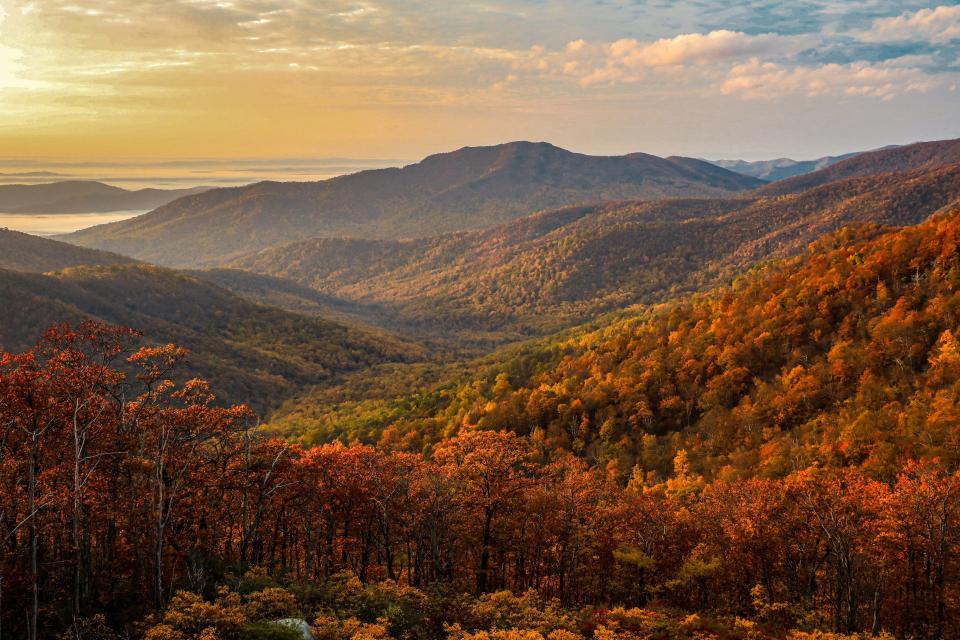
Leonard Adkins, a guidebook author who’s thru-hiked the AT five times, recommends a trip in Shenandoah where you can hike for four days but stay indoors for three nights. Start out south of Lewis Mountain Cabins and spend your first night there. On day two, hike to Big Meadows Lodge for your second night’s stay. (Sentz suggests treating yourself to a blackberry shake at Big Meadows Wayside while you’re there.) On day three, hike to Skyland, which has lodging and a restaurant.
On your last day, you can have someone pick you up and drive you back to your parked car. “You could do it all with just a daypack, and that would give you a good flavor, a good taste of what the AT is all about,” Adkins says.
Sentz suggests a portion of the AT that shares about 100 miles with Vermont’s Long Trail. “That’s a really beautiful, unique section in that you are hiking through the Green Mountains — it’s gorgeous — but you’re also getting to experience two historical trails at the same time,” she says. If you want to hike a trail end-to-end, you could continue to hike the full Vermont Long Trail, which is a total of 272 miles.
Peak performance
There are sections to try along the PCT, too, but Wilkinson warns that the rugged 2,650-mile trail that runs from California’s border with Mexico to Washington’s border with Canada can be more challenging to access because it’s remote and follows a high ridgeline of mountains. Some of your hike will be spent just getting to the PCT, but the mountains offer big payoffs with stunning views.
In the southern part of the trail, Mount San Jacinto is a day hike that’s easy to access, with the trailhead on the edge of the town of Idyllwild, Calif., Wilkinson says. “For fit hikers, it’s a really spectacular peak to hike to the summit of, with amazing views of Southern California from the top,” he says. If the elevation of 10,834 feet and a climb of more than 8,000 feet is too difficult, you can still see the views on the Palm Springs Aerial Tramway.
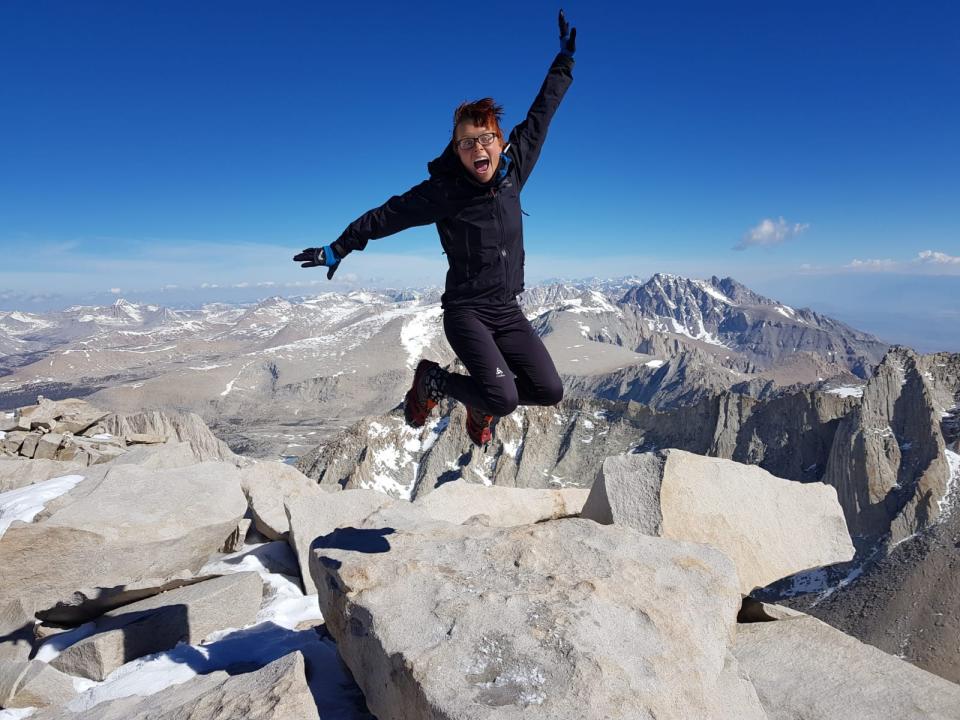
Mount Whitney, a bucket-list hike for many, is the tallest point in the continental U.S. It takes about two days to hike, and you’ll need a permit to go, something that’s determined by lottery. This hike is not actually on the PCT, but close to it, and so many PCT hikers make this trip because it’s considered part of the experience, Wilkinson says.
You can also meet the popular John Muir Trail in that spot. “There’s plenty of forest and you’re gaining a lot of elevation, but until you break out of those trees and start seeing nothing but gray granite and white snow — that’s just what I look forward to,” says Jordan Summers, an avid long-distance hiker and author of guidebooks on the PCT.
Crater Lake in Oregon is another favorite of Summers, Wilkinson — and Strayed. The PCT doesn’t go right to it, but most PCT hikers make a side trip and hike around the rim of the former volcano. “I’ll never forget the feeling I had when I reached Crater Lake in southern Oregon and looked out at the magnificent blue water,” Strayed says. “I’d been on the trail long enough by then that I was a seasoned hiker. I felt strong and centered. Staring at that beautiful lake while feeling a sense of my own humble power is a memory I’ll always treasure.”
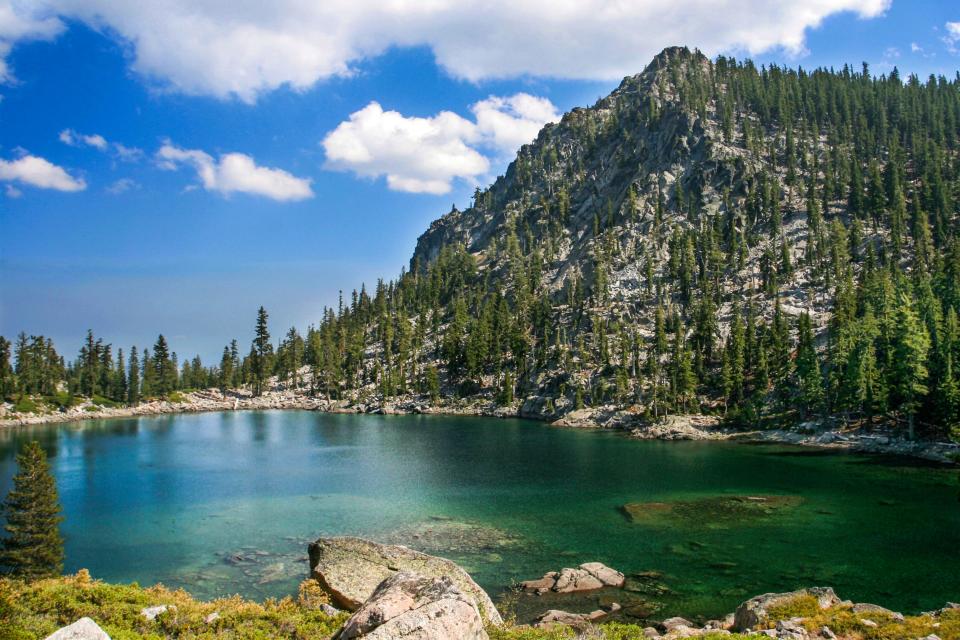
Other portions of the PCT to check out include Tuolumne Meadows in Yosemite National Park; Kearsarge Pass, which starts near the town of Bishop, Calif.; Mount Hood in Oregon; and Goat Rocks and Snoqualmie Pass in Washington.
“There’s a lot that can be said for short hikes,” Summers says. “You can still get the same sense of self-satisfaction. You don’t have to resupply ... (and) it’s really predictable of what kind of time you’ll need for the hike.”
You can’t go wrong trying out a portion of these hallowed routes. “There is wonder and beauty to be found in every mile, so my advice is to just go,” Strayed says. “Then keep putting one foot in front of the other and see what happens next.”
This article originally appeared on USA TODAY: Literary-inspired hikes across popular trails

